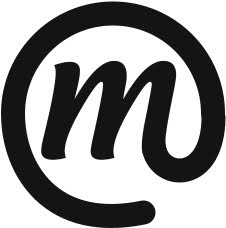Block print from synthetic rubber cut on laser cutter

I previously posted on laser cutting perspex for relief printing blocks. The prints form these were successful although the hard surface of the perspex was unforgiving as a print surface. Pressure needed to print in the albion press from correct inking was quite high resulting in rather obvious block impression in paper. I was interested to test the results from the same approach but using the synthetic rubber sheets used for lino cuts. The print surface from this material was much better and the flat areas of image achieved a better ink resolution. However, due to the nature of the laser cutting process and the material properties there seems to be a small 'lip' of rubber left around cut detail; this has the effect of causing a slight blur to detail in the image.
On a positive side, the process of laser cutting these blocks has some inherent qualities that show up in the print which are quite interesting. There is a faint zig-zag herringbone edge to the cutting, almost similar to the 'dot's or serrations evident in rotogravure, industrial intaglio print. Another quality apparent due to the shallow cut set for the laser cutter is some slight background printing - similar to cut lines in lino and block cuts.
This process that I have tested clearly works and further experimentation with materials and the laser cutting settings should provide further assessable results.
The image posted from above is from a coarse line halftone - 21 lines per inch. I have also experimented with dot half tone at the same line count. One issue with the laser cutter was that when halftones were taken to 33 lines per inch or above, morais patterns started to appear in the cuts as the cutting scans clashed with the halftone line count.



















































